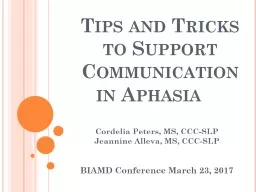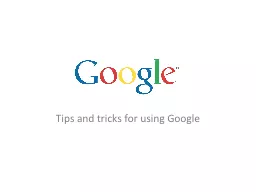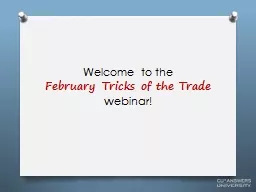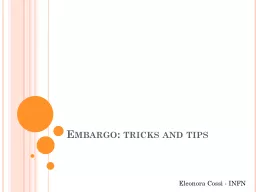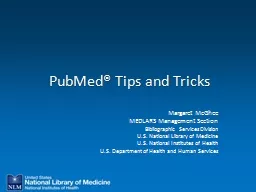PPT-Tips and Tricks to Support Communication
Author : gagnon | Published Date : 2022-02-24
in Aphasia Cordelia Peters MS CCCSLP Jeannine Alleva MS CCCSLP BIAMD Conference March 23 2017 Learning Objectives Identify 3 different ways to support expression
Presentation Embed Code
Download Presentation
Download Presentation The PPT/PDF document "Tips and Tricks to Support Communicatio..." is the property of its rightful owner. Permission is granted to download and print the materials on this website for personal, non-commercial use only, and to display it on your personal computer provided you do not modify the materials and that you retain all copyright notices contained in the materials. By downloading content from our website, you accept the terms of this agreement.
Tips and Tricks to Support Communication: Transcript
Download Rules Of Document
"Tips and Tricks to Support Communication"The content belongs to its owner. You may download and print it for personal use, without modification, and keep all copyright notices. By downloading, you agree to these terms.
Related Documents

